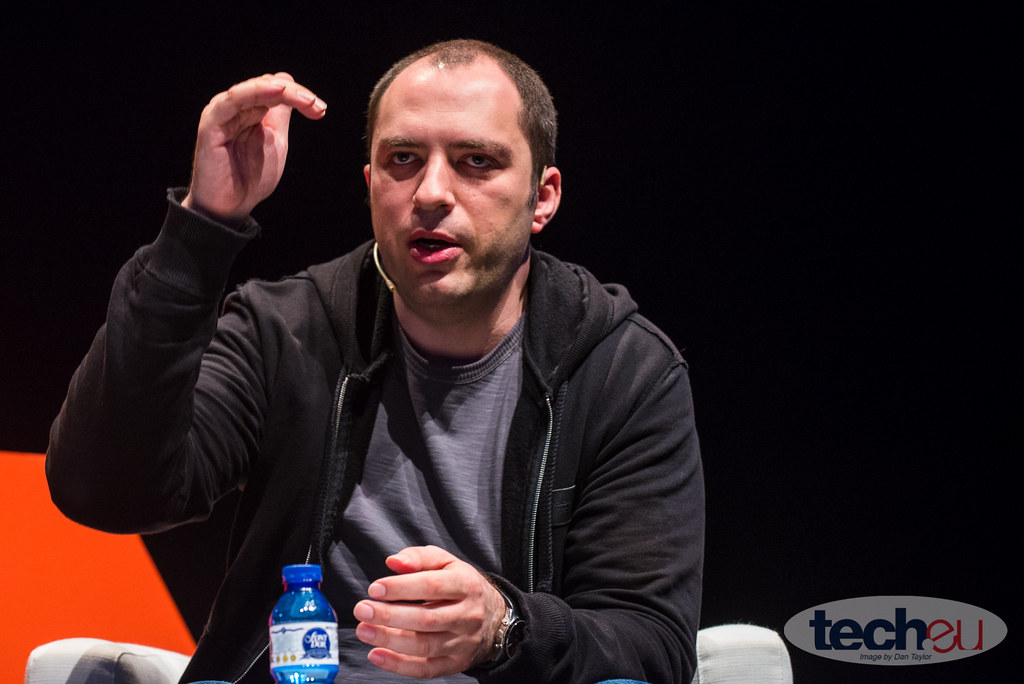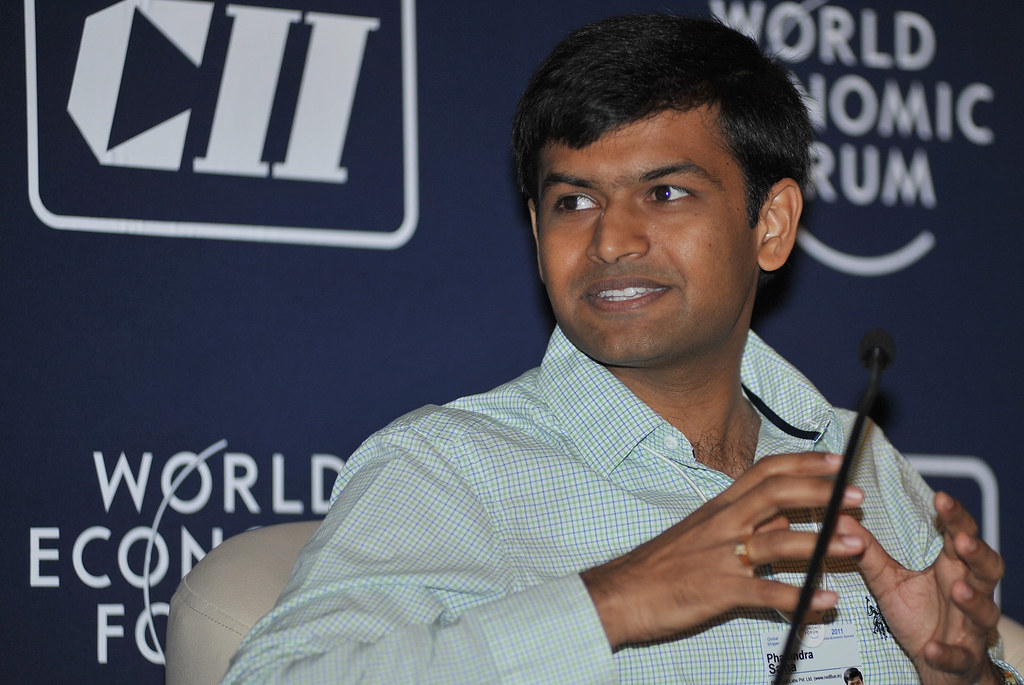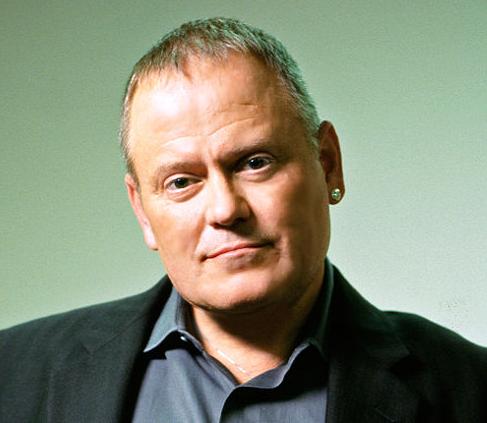WhatsApp founder, Jan Koum: Journey from a cleaner to billionaire
Building up dreams takes not much effort but turning them into life sometimes require more than an age. But if you firmly decide to follow your dreams until they become a reality, no power in this world can hinder your way. Jan Koum, the co-founder and CEO of the most popular mobile app, WhatsApp, once worked as a cleaner. It was his hard work, commitment and passion that Facebook who rejected him once for job acquired WhatsApp for whopping $19 billion.

Jan Koum was not born in riches; his father was a construction manager and mother, a housewife. Despite the financial crisis, the family lived in peace in a small village of Ukraine. But the uprisings brewing in Ukraine disrupted even their little happiness and he had to move to California along with his grandmother and mother when he was 16. However, his father could never make it to meet them after. The life for him changed to worse. Although they got a small apartment there but their daily needs remained unfulfilled. He had to wait in long queues to collect food stamps. He had to take up a job as a cleaner in a grocery shop to support his family while his mother took the job of babysitting to meet their ends. In all Koum then was leading a miserable life with little hope and scope for the betterment of their situation.
Love for computers and professional journey
Despite all these troubles Jan didn’t compromise with his studies and while studying in his high school he began developing love for computers and programming. By the time he completed his schooling he had already mastered in computer networking and was no less than a self-taught engineer. He then got himself admitted in San Jose State University to complete his education and at the same time took up a job successfully at Ernst & Young to meet up the expenses on his education. There he worked as a security tester which further intensified his passion for computers. Because of his love for programming and networking he finally managed to buy a computer at the age of 19. While working on an assignment of Ernst & Young where he had to test the security level in Yahoo’s advertising system, he met Brian Acton who then worked at Yahoo and later became the co-founder of WhatsApp.
Later Koum got a job at Yahoo as an infrastructure engineer while still pursuing his studies. But then came a time when he had to choose between two, either to continue his college or to secure his job at Yahoo. Although the decision was quite a risky one as his whole life depended upon this decision yet without much dallying he chose Yahoo. He worked for about 9 years there and developed close bonds with Brian Acton who held same interests as Koum.
Rejection by Facebook
After serving 9 years in Yahoo Koum found him getting clogged at the same place as the company did not offer him much scope to work in the field of social media which always allured him. And then again he took one of the most difficult and important decisions of quitting his job in 2007. Brian Acton too left the company at the same time to follow their interests in social media. Both then applied in Facebook and Twitter for jobs but got rejected. Yes! Jan Koum was not welcomed by Facebook and Twitter.
In 2009, he bought an iPhone and this is where sprouted the idea of WhatsApp. On looking at Apple app store, Koum felt the need and possibility for an application that could facilitate easy and cheap communication. He approached Acton with his idea and the duo then got themselves engrossed in the making of this app. They named it as WhatsApp Inc. in February 2009 and finally launched it in 2010.
Today, WhatsApp is most popular app in 109 countries with more than one billion users. However, everything didn’t work as planned after the app was launched as it kept crashing in the initial phase and also the duo were finding it hard to promote the application. Their relentless efforts failed and after few months Koum decided to call off the whole project. But then Brian Acton came forward as a support system and infused hope in him and then the slope of their success never face a downfall. In October 2009, WhatsApp Inc raised $250,000 in seed funding. WhatsApp gained much popularity and the number of downloads kept increasing with 200 million users in February 2013 and crossed 1 billion in February 2016. Witnessing the rapid growth and increasing popularity of the app, Facebook acquired the app for $19 billion in the year 2014. As per the records, WhatsApp has become the most popular application for messaging and is used by one billion people today.

Image Credit: Wikimedia.org, Jan image Credit: Flickr: Dan Taylor

Aanchal is a freelance writer and has been writing since 2013. She is currently pursuing her masters in English Literature from University of Delhi and received her B.A. (hons.) degree in English Literature from University of Delhi.
She has a great passion for writing poetry. She is also a keen reader of inspirational stories of people who have achieved success through hard work.






